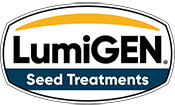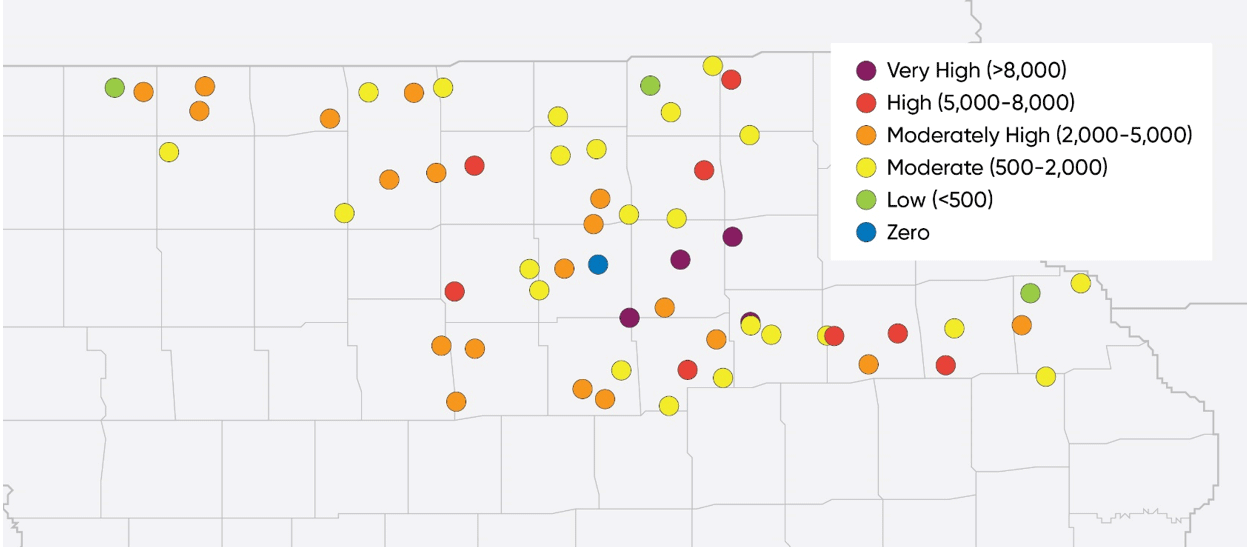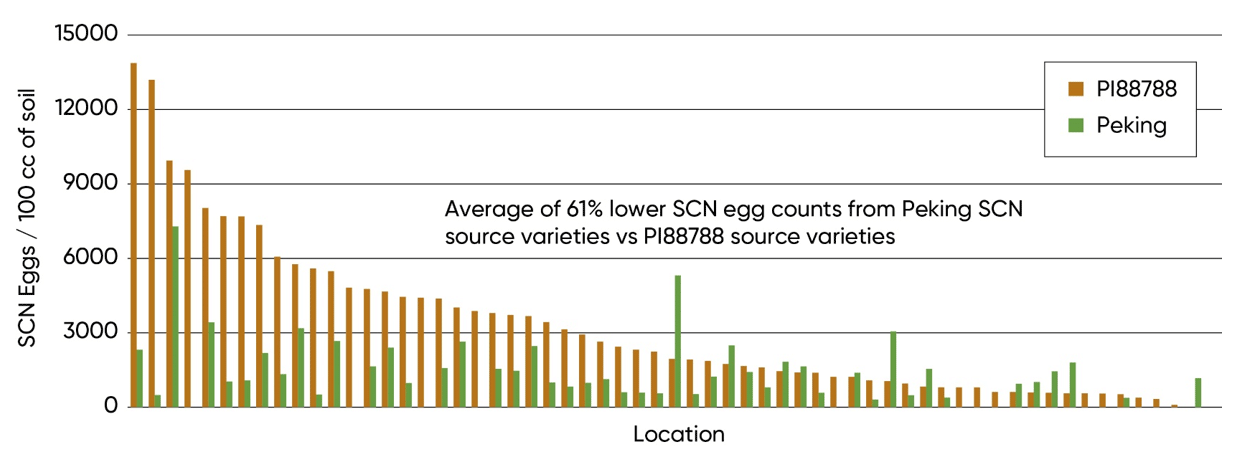

Components of LumiGEN® seed treatments for soybeans are applied at a Corteva Agriscience production facility or by an independent sales representative of Corteva Agriscience or its affiliates. Not all sales representatives offer treatment services, and costs and other charges may vary. See your sales representative for details. Seed applied technologies exclusive to Corteva Agriscience and its affiliates. Pioneer® brand products are provided subject to the terms and conditions of purchase which are part of the labeling and purchase documents. ILEVO® HL is a registered trademarks of BASF.
The foregoing is provided for informational use only. Please contact your Pioneer sales professional for information and suggestions specific to your operation. 2023 data are based on average of all comparisons made in 61 locations through November 1, 2023. Multi-year and multi-location is a better predictor of future performance. Do not use these or any other data from a limited number of trials as a significant factor in product selection. Product responses are variable and subject to a variety of environmental, disease, and pest pressures. Individual results may vary.




